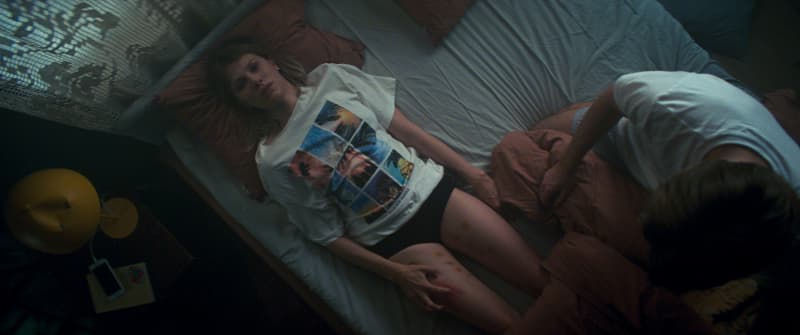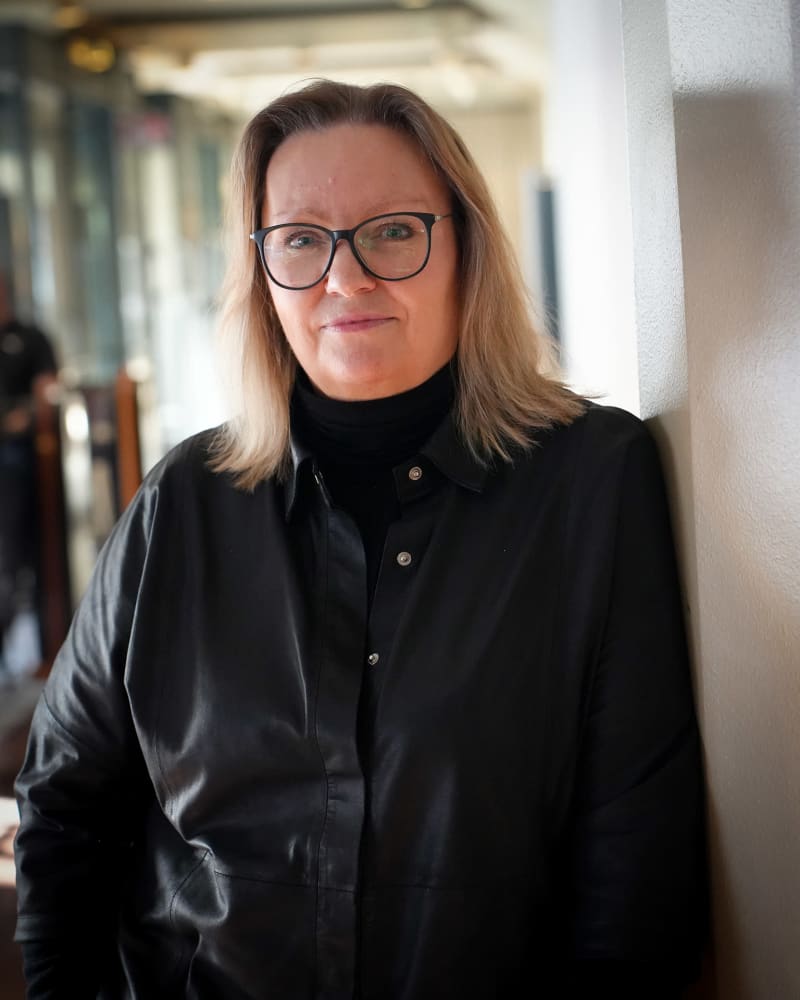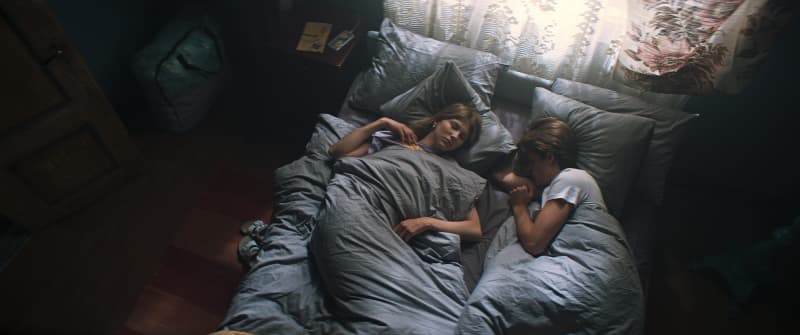
The debut film of Norwegian Kjersti Helen Rasmussen, who jumped from horror screenwriter to film director, dives into the nightmarish worlds of dreams and mythology.
\”Unta uness’ is only / all that I could see\”.
Sleep disturbances and nightmares take the protagonists of the film deeper and deeper into the sloping surface of truth and unreality, where demons and malevolent forces are peeking. The lives of the young couple Robbie and Mona change decisively when the latter begins to be tormented by frequent sleep paralysis.
Sleep paralysis refers to a short-term state of being that overlaps between sleep and wakefulness, which is accompanied by the inability to move and also hallucinations of, for example, malevolent beings – horror material in itself.
The director has never suffered from sleep paralysis himself, but I have been successful on a couple of occasions.
– In lucidity, a person realizes that he is dreaming, and it was a pleasant experience overall. As a child I had a recurring nightmare that was apparently somehow related to a scary movie I saw.

Science meets ancient mythology
Apart from nightmares, Kjersti Helen Rasmussen is also attracted to scary movies. He started writing short films fifteen years ago. In 2015, the script was created for the popular Norwegian horror film *Villmark Asylum*, and two years later for the thriller *The Tunnel*.
*Nightmaren* Rasmussen has both written and directed, so we can talk about a quite comprehensive vision, where science that investigates slightly weirder things meets mythology.
– These two pieces create my favorite genre: modern science combines with ancient mythology and myths.
In the case of *Nightmare*, this means that while sleep paralysis is now a scientific term, the strange and terrifying state of being has previously been attributed to a demon. In Scandinavian and Germanic mythology, there is a demon named Mare, who hovers at night on the chest of an unsuspecting sleeper and causes him to have violent nightmares.

The demon has left behind a word meaning nightmare, including the English nightmare, the French cauchemare and the German Nachtmar. In Norway, Mare is also thought of as a sexual being who can seduce both men and women.
– I think Mare is very cool as a demon, and I’m surprised that it hasn’t been used much in popular culture or storytelling, Kjersti Helen Rasmussen thinks.
– The visual look of *Nightmare* with its pale colors is also a tribute to the films of the 1970s. We could also have used more digital effects, but we strive to make visual solutions using only the camera as far as possible.
Horror Directed by Women: From Stephen King to Cannibals
Although the field of horror entertainment has become both mainstream and diversified in recent years, there are still quite a few female horror directors in the world – and especially in the Nordic countries – compared to men.

Horror can also be used to highlight political issues
According to Kjersti Helen Rasmussen, horror is often left behind by female directors, because women can feel pressured to make drama and arthouse, i.e. films that are considered \”more important\”.
– However, I am of the opinion that genre films and especially horror are places where political and social issues can be told. In addition, horror offers the opportunity to take such themes much further than, for example, drama.
Naturally, there are often feminist perspectives in horror films by female directors, and this is also the case with *Nightmare*. Menstrual blood is an element rarely seen in movies, in *Nightmare* it is even a bit of a joke.
– Even though demons fascinate me, I’m also interested in stratifications that involve a certain kind of feminist agenda. These include, for example, menstrual blood and a woman’s right to her own body. Even in modern times, talking openly about abortion can be difficult, while menstrual blood is a rarity in movies, even though it is an essential and recurring thing in a woman’s life.
– The christening of *Nightmare* started with Herman. I wanted a person who could cope with a double role, because not everyone can do it. I saw Herman act in the *Semester* youth series and he was really good in it.
Kjersti Helen Rasmussen’s *Nightmare* can be seen this week in Helsinki at the Night Visions festival.
Watch SKAM (four seasons) on Areena via this link.
